Historians differ over what exactly his involvement was, the Anglo Saxon Chronicle state that he one of its ringleaders, while Orderic Vitalis and William of Malmesbury suggest that he knew of the revolt but had sworn an oath to keep quiet. It was inevitable though, that news of Waltheof's actions would come to the Conquerors attentions, and when it did Waltheof confessed his guilt to the conqueror in person.
Ignoring the Earl's words, William the Conqueror ordered that he be tried, he was found guilty and sentenced to death.
Following a year in prison Waltheof was executed on the 31st May 1076 at St. Giles's Hill, near Winchester. His decapitated body was thrown in a ditch, however it was later recovered and buried in the chapter house of Crowland Abbey where it lay, untouched, for sixteen years until in 1092.
opening the coffin it was said that the Earl's corpse was found to be intact, his severed head re-joined to the trunk.
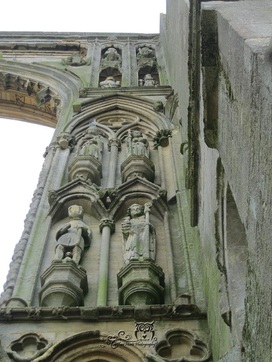

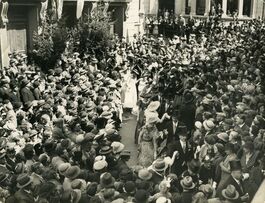
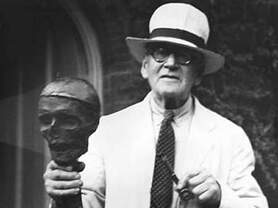
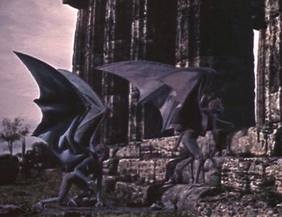
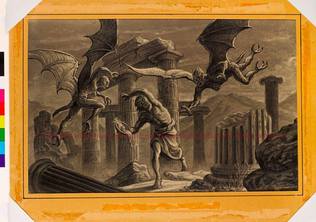


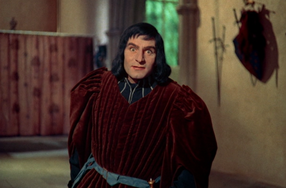




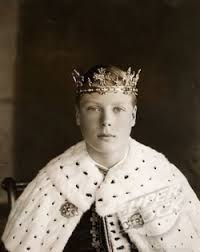
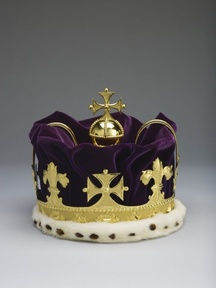

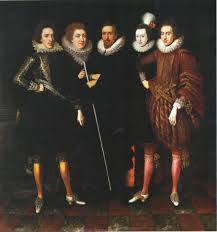
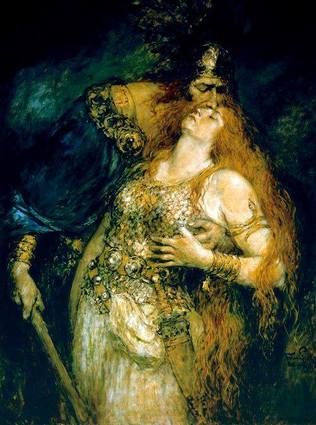

 RSS Feed
RSS Feed
